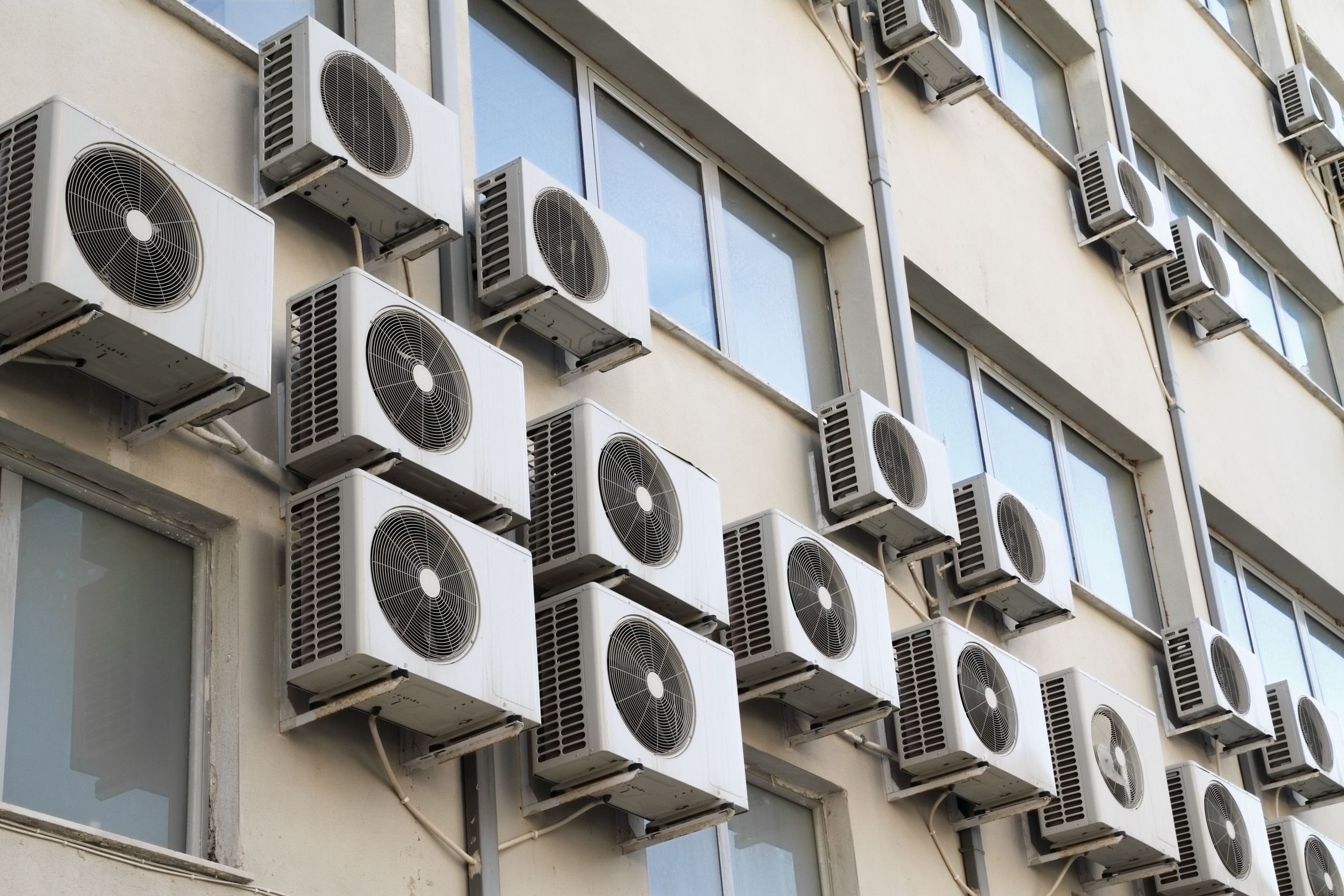When the summer heat rolls in, it’s tempting to crank up the air conditioning and let it run all day long. But as temperatures rise, so do those energy bills. Luckily, there are several practical steps you can take to stay cool without breaking the bank.
Whether you’re a homeowner or renter, a few adjustments can make a big difference.
1. Set Your Thermostat Wisely
One of the simplest ways to save on your AC bill is to set your thermostat a few degrees higher. The U.S. Department of Energy recommends keeping it at 78°F when you’re home and raising it when you’re away. Every degree you increase your thermostat can save about 1–3% on your cooling costs.
A programmable or smart thermostat can make this effortless by adjusting temperatures automatically based on your schedule. It’s a small change that can lead to noticeable savings over time.
2. Use Ceiling Fans To Circulate Air
Ceiling fans don’t cool the air, but they make you feel cooler by creating a wind-chill effect. This allows you to raise your thermostat a few degrees without sacrificing comfort. Just remember to turn fans off when you leave the room—they only help when someone is there to feel the breeze.
Reversible fans can also help push hot air up in the winter, making them useful year-round. Proper use of ceiling fans can reduce your reliance on the AC and keep energy bills lower.
3. Seal Leaks and Insulate
Cool air can easily escape through small cracks around doors, windows, and ducts. If your home isn’t properly sealed or insulated, your AC has to work much harder to maintain a consistent temperature. Check for drafts and use weatherstripping, caulk, or insulation foam to seal leaks.
Attic and wall insulation can also help retain cool air and block heat from entering. This one-time investment pays off through reduced energy bills all year long.
4. Keep Blinds and Curtains Closed
Sunlight streaming through your windows can raise the indoor temperature significantly, especially during the hottest part of the day. Blocking that heat with blinds, curtains, or blackout shades can make a noticeable difference. Light-colored window coverings reflect heat, while darker ones absorb it—so choose wisely.
Consider using thermal curtains for extra insulation and better cooling efficiency. This simple habit keeps your rooms cooler and eases the burden on your AC system.
5. Avoid Using Heat-Generating Appliances During the Day
Appliances like ovens, dryers, and even dishwashers generate a surprising amount of heat. Using them during the hottest parts of the day forces your AC to work harder. Try cooking with a microwave, grilling outside, or preparing no-cook meals during peak heat hours.
If you must use heat-producing appliances, run them in the evening or early morning. These small changes in your routine can reduce the strain on your air conditioning and save you money.
6. Service Your AC Unit Regularly
A well-maintained air conditioner runs more efficiently and uses less energy. Clean or replace the air filter every 1–3 months during heavy usage periods. Have a professional inspect your system annually to check for refrigerant levels, clean the coils, and ensure everything is operating smoothly.
A dirty or neglected AC unit can lose up to 15% of its efficiency, which translates to higher bills. Keeping your system in top shape means better performance and fewer breakdowns.
7. Upgrade to a More Efficient AC Unit
If your AC unit is more than 10–15 years old, it may be time to consider a replacement. Newer systems with higher SEER (Seasonal Energy Efficiency Ratio) ratings are far more efficient and can significantly lower your energy usage. While the upfront cost is higher, the long-term savings on your monthly bills make it a worthwhile investment. Some states also offer rebates or incentives for upgrading to energy-efficient appliances. If your AC is struggling to keep up, upgrading might be the smarter financial choice.
8. Use a Dehumidifier
Humidity makes hot air feel even hotter and can make your AC work harder than necessary. Using a dehumidifier can reduce the humidity levels in your home, making it feel cooler even at higher thermostat settings. This means you can stay comfortable while relying less on your air conditioner. Portable or whole-house dehumidifiers are both effective depending on your space and budget. Removing excess moisture from the air also prevents mold growth and improves indoor air quality.
9. Optimize Your Landscaping
Strategic landscaping can actually help lower your cooling costs. Planting shade trees near windows and around your home can block direct sunlight and reduce indoor temperatures. Shrubs and vines along exterior walls can add another layer of insulation. Even ground cover like grass or mulch helps reduce heat reflection compared to bare soil or concrete. It’s an eco-friendly way to support your home’s energy efficiency and boost curb appeal at the same time.
10. Close Off Unused Rooms
If you have rooms that aren’t being used during the day, such as guest bedrooms or storage areas, close the vents and shut the doors. This concentrates the cool air in the spaces you actually use, improving efficiency. There’s no reason to cool the entire house if you’re only occupying part of it. Just be cautious with this strategy if you have a central air system, as closing too many vents can cause pressure imbalances. Used correctly, it can be a smart way to reduce waste and lower your AC bill.
Don’t Get Hot And Don’t Break The Bank
Staying cool in the summer doesn’t have to mean sky-high energy bills. With a few thoughtful adjustments and a bit of planning, you can keep your home comfortable without overworking your air conditioner—or your wallet. Whether it’s upgrading your thermostat, changing daily habits, or making long-term improvements, every small step counts.
Have a tip that’s worked for you? Share your favorite way to save on your AC bill in the comments below!
Read More
Smart Strategies to Save Money on Car Expenses This Summer
4 Ways To Reign In Summer Spending



Leave a Reply